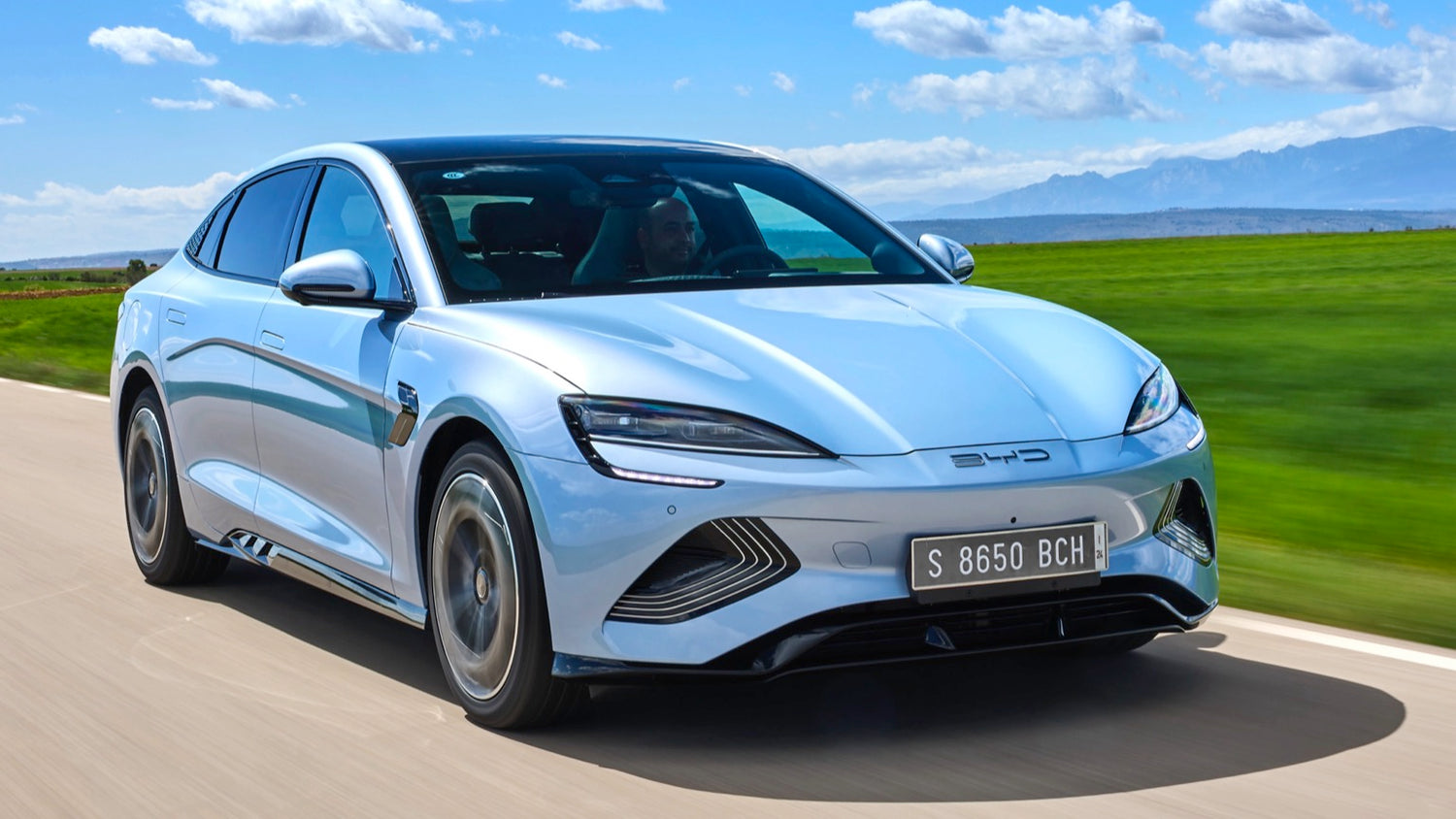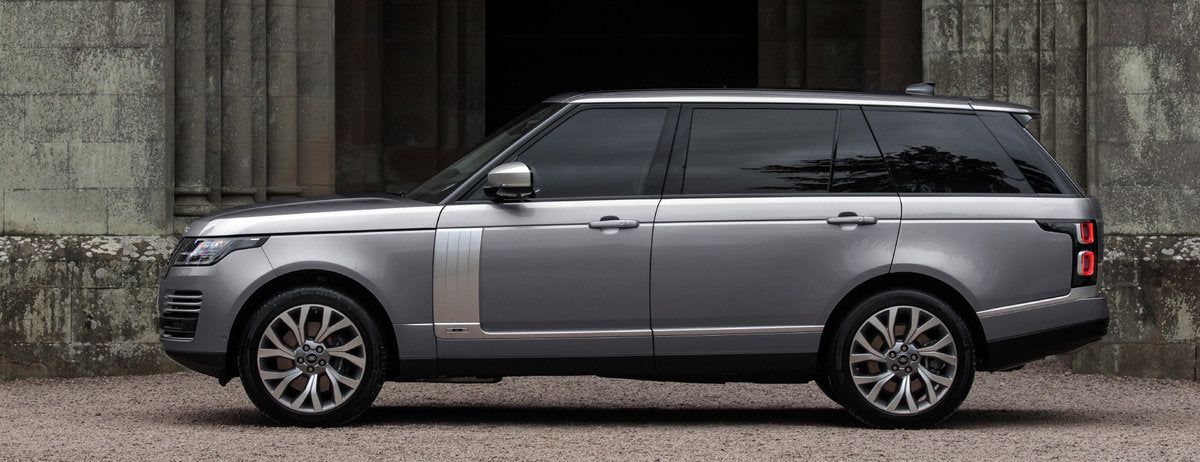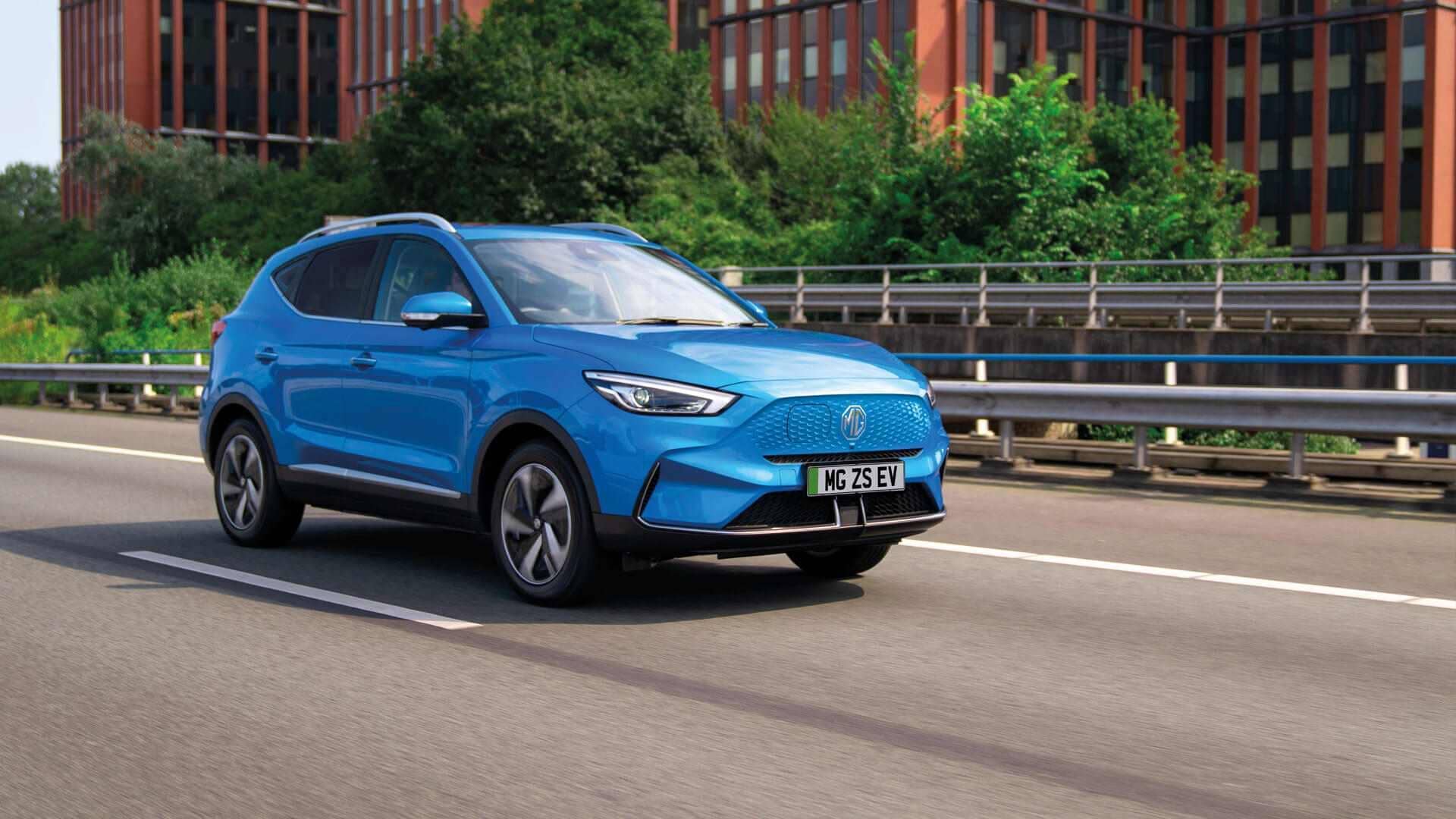There are two main charging modes for electric vehicles: fast charging and slow charging, and both have a relatively minor impact on the battery's lifespan. This is because during fast charging, the charging current and power only reach their maximum values when the battery's state of charge is between 30% and 80%. Beyond 80%, the charging current, power, and voltage decrease significantly, which actually helps extend the lifespan of the power battery. Slow charging, on the other hand, uses a constant current charging method with lower and more stable charging current, and it does not have a significant impact on the battery's lifespan. Additionally, whether it's fast or slow charging, once the electric vehicle's battery is fully charged, it automatically stops charging to prevent overcharging.
-
Fast Charging and Slow Charging Differences:
Fast Charging:
Fast charging uses high-power direct current (DC) charging and typically involves specialized off-board DC chargers located at charging stations. These chargers are connected to an alternating current (AC) power source, and the DC output is connected to the electric vehicle's charging port. Fast charging can provide the high-power, rapid charging required for electric vehicles. It places higher demands on the power battery's voltage tolerance and protection. Fast charging delivers a high charging current, often several times higher than standard charging.
Advantages:
- It can charge the battery up to 80% capacity in as little as 30 minutes, but charging from 80% to 100% may take longer due to reduced charging speed for battery safety.
Disadvantages:
- The high voltage and current during fast charging can lead to some battery degradation and potentially reduce its lifespan.
-
Slow Charging:
Slow charging uses on-board alternating current (AC) chargers and is typically done with conventional charging stations, often located in residential areas or workplaces. Slow charging involves plugging the electric vehicle into a standard 220V AC electrical outlet, where AC power is converted to direct current (DC) for charging. The charging current during slow charging is relatively low and stable.
Advantages:
- Slow charging has a lower charging current and power output, which is less likely to impact the battery's lifespan.
Disadvantages:
- Charging time is longer, usually taking 5 to 8 hours to fully charge the battery.
-
Impact of Fast Charging and Slow Charging on Power Battery Lifespan:
In general, slow charging tends to have a slightly longer lifespan for the power battery compared to fast charging. Fast charging can accelerate electrode polarization in the battery, which can impact battery lifespan. Additionally, fast charging raises the battery temperature, which can lead to lithium plating and decrease the critical temperature threshold. In extreme cases, this can result in thermal runaway and battery self-ignition, posing safety hazards.
- Fast charging can accelerate electrode polarization.
- Fast charging raises the battery temperature, potentially leading to lithium plating and reduced critical temperature thresholds.
- Battery thermal management systems aim to control temperature differentials, but low-temperature lithium plating may still occur, affecting battery lifespan.
However, it's important to note that these effects are not irreversible (except for some lithium iron phosphate batteries). After a brief rest following fast charging, lithium metal will revert to lithium ions, and the critical temperature threshold will return to normal. In practice, the lifespan of power batteries in electric vehicles, whether using fast or slow charging, is not significantly different. Most electric vehicles use lithium-ion batteries with over 2,000 charge-discharge cycles, providing a lifespan of over 8 years or more.
In summary, it is not the charging speed that significantly affects battery lifespan, but rather charging habits such as frequent deep discharges or leaving the battery at full charge for extended periods. Proper charging practices can help maintain the longevity of an electric vehicle's power battery.



